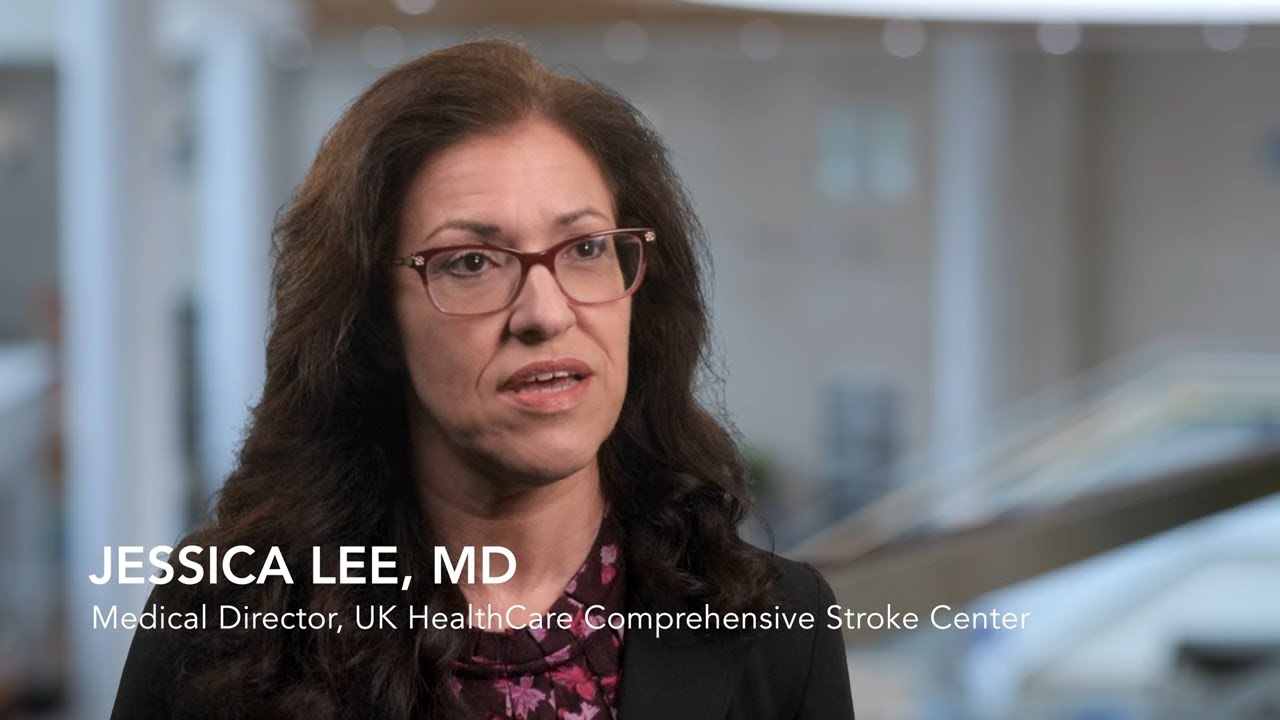Quality in Stroke Care
Over 2,300 Kentuckians died of stroke in 2020 (the most recent year for which CDC data is available). Not only is stroke a leading cause of death in Kentucky, but those who survive often face a lifetime of disability.
At UK HealthCare’s Kentucky Neuroscience Institute (KNI), our team is on a mission to provide the highest level of stroke care possible while turning those statistics around. To retain Comprehensive Stroke Center designation, we must meet strict protocols for the treatment of strokes. We must also show our capability in treating the most complicated cases 24/7.
Based on data for 2023 from Vizient, an alliance of more than 100 leading university hospitals, UK HealthCare has a substantially higher case mix index. This means we provide care to more patients who have complex medical needs and more comorbidities (two or more health conditions at the same time). Still, our academic health system retains a lower mortality index as compared with similar hospitals.
We share our data in the charts below. This Get With The Guidelines® Aggregate Data report was generated using the Quintiles PMT® system. Copy or distribution of the Get With The Guidelines® Aggregate Data is prohibited without the prior written consent of the American Heart Association and Quintiles.
The TICI score, above, assesses the success of mechanical thrombectomy – a minimally invasive procedure – to open blocked vessels. In this procedure, catheters are guided through the vessels into arteries of the brain to remove blood clots blocking the vessels (causing a stroke).
The chart above reflects the percentage of acute ischemic stroke patients who come to UK HealthCare and get blood-thinning medication within 45 minutes. The shorter the door-to-needle time, the better the outcomes. At UK HealthCare, our goal is to meet this threshold in 85 percent or more of acute ischemic stroke patients receiving this treatment.

